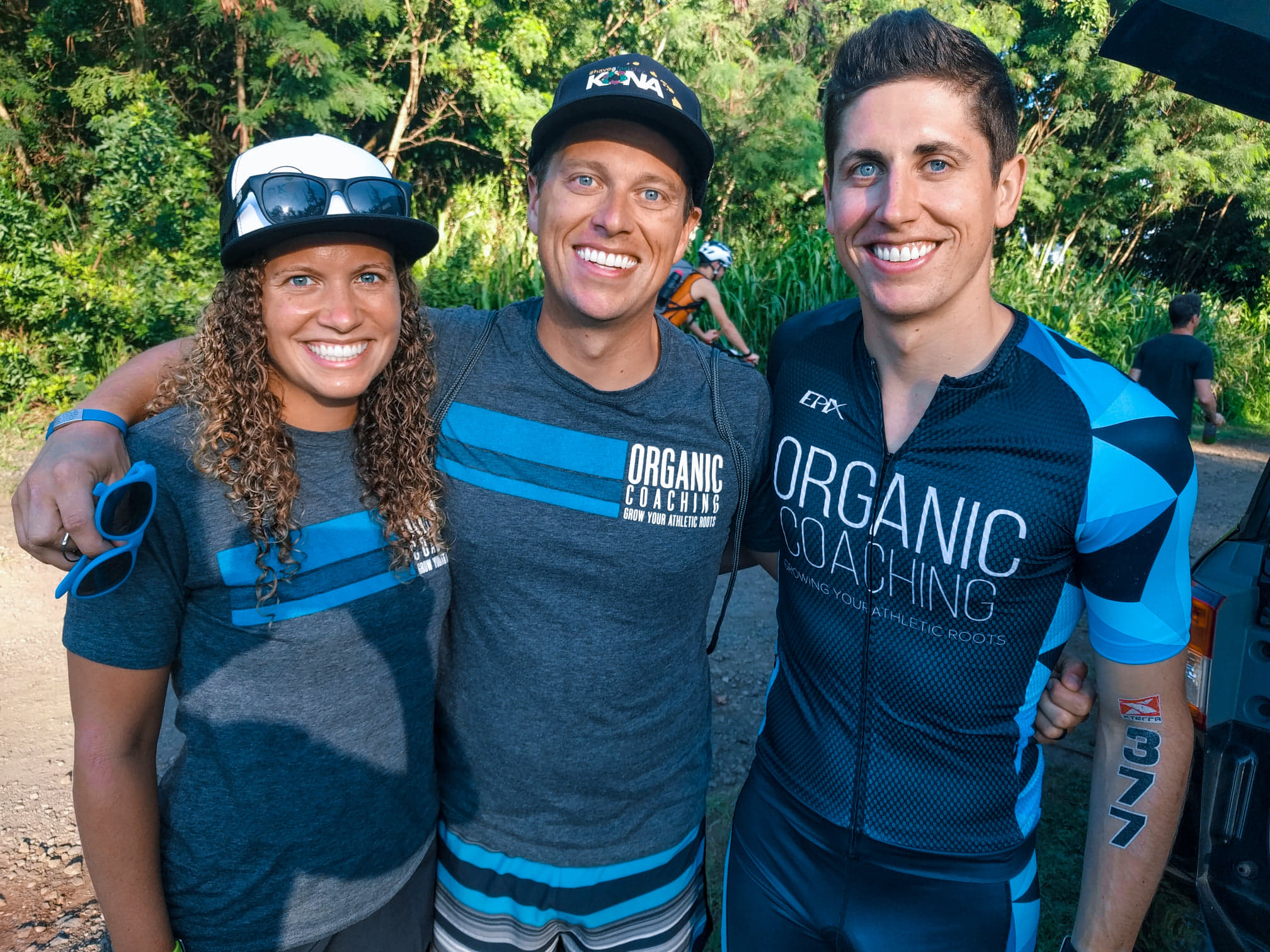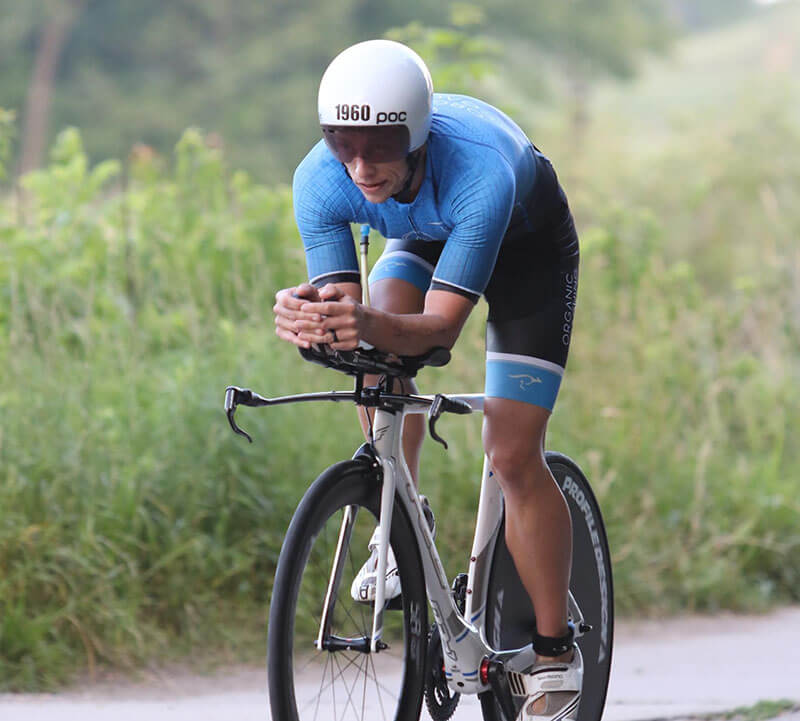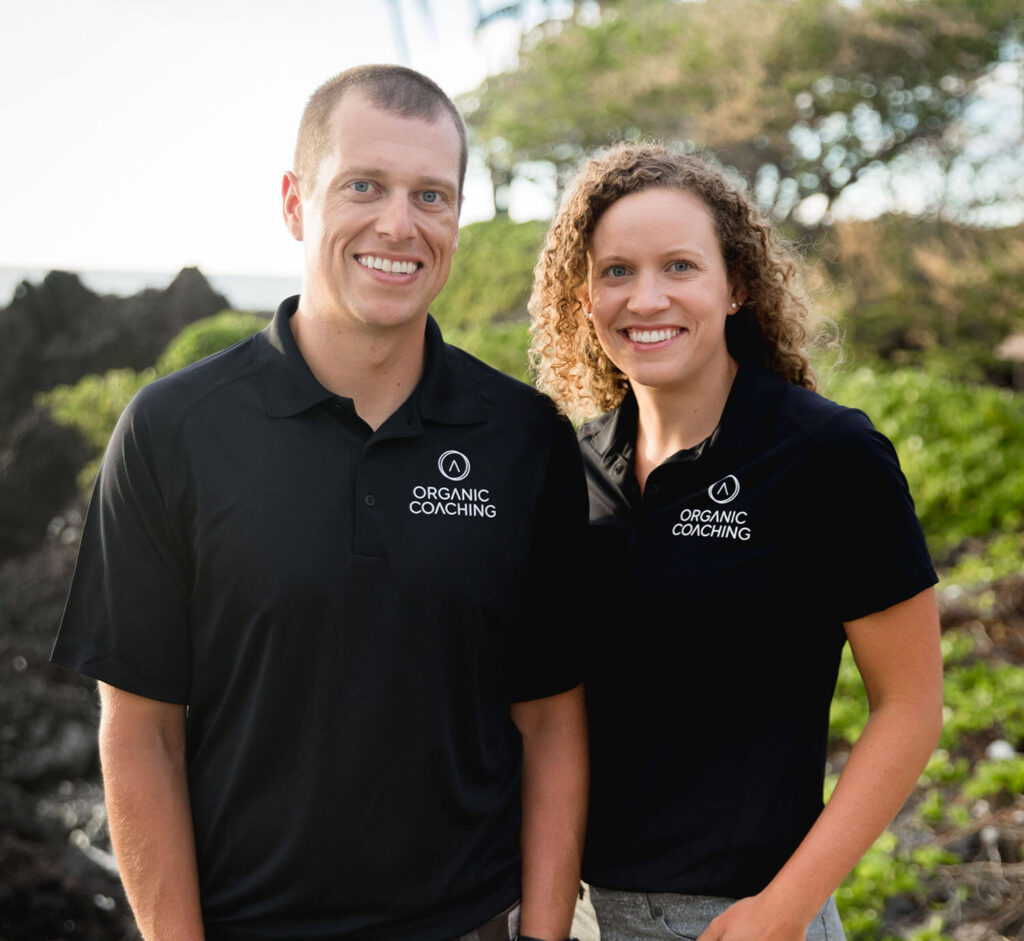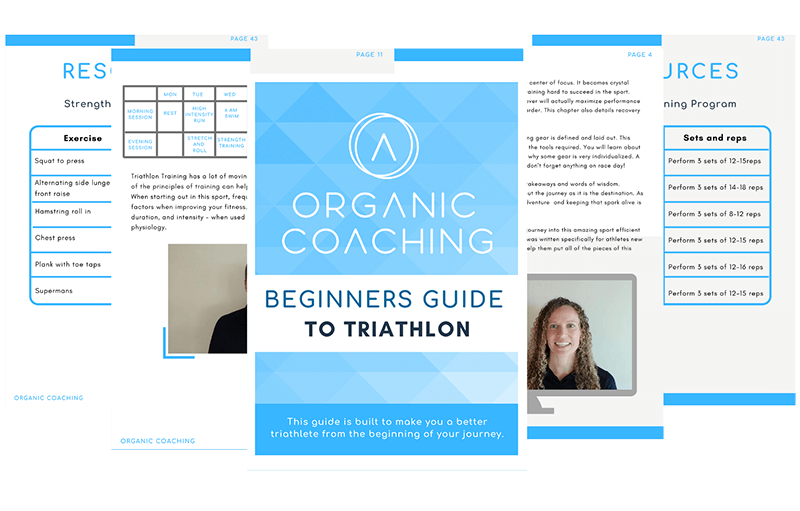

Athletes know that targeted and specific training is key to improving and staying healthy. If you are a time-crunched athlete, having training sessions that hone in on targets will help you get the most out of your training in the short period you can carve out for training daily. Targeted training or training with zones set to parameters makes training personalized to your specific physiology, fitness, and racing goals. To ensure that training zones are specific and accurate, periodic yearly swim, bike, and run test are needed.
Testing is not easy, each test can be thought of as a mini-event, and knowing how to pace a test will give you the results needed to confidently set sport-specific zones.
To specify exactly how hard to train in a sport, you can break your efforts into levels, or zones, ranging from very easy to maximal effort. Many zone systems exist, yet what they all have in common is that they pick a parameter (like heart rate, power, or pace) and use it to describe varying levels of workout intensity as a percentage of a threshold.
Here is an example of running heart rate zones and pace zones
As mentioned previously there are multiple ways to test swim, bike, and run for zones and different systems for setting zones from those results. Below I will go through my favorite tests for setting zones and best practices for pacing each test. Perform each test when you are fresh, such as at the end of a recovery week or after an easy day of training. Schedule these tests when you know your body and mind will be ready for them. Training platforms like TrainingPeaks have built-in calculators to set zones using test results. Each test has a common theme, don’t go out too hard, don’t fade during the test, and burn all the matches before the test is over. Sounds simple enough, right? (Sarcasm)
This test determines your 100 yards/meter pace that can then be used for pace work in the pool. I highly suggest doing this test in a pool you are familiar with as pools have many factors that can affect pace (Pool depth, gutter design, and jet placement). Before starting this test make sure you have a pace in mind, reflect on previous swim sessions, and come up with a pace you feel is a little bit of a stretch, yet achievable.
To best pace this test I suggest starting the first 200 at a pace 5 seconds slower than your goal pace, then 200-700 at your goal pace, and then for the final 300 give it you’re all. Ideally, you want a negative split (faster as time goes on) or an even split for this test. The last couple of minutes of this test should be very challenging and you may get the “I can’t wait until this is over feeling.”
The Workout:
Warm-Up:
Start slow and gradually build pace/effort.
300 easy pull
4 x 50 on :20RI increasing effort each 50
:60RI
Main Set:
1000 TT as quickly (without slowing down) as you can.
Cool Down:
200 easy pull
Example of a well-paced 1000 TT swim test
The FTP determines your threshold wattage and threshold heart rate. I suggest doing this test on an indoor trainer, coming in properly fueled and hydrated with a fan or two on high! Performing this test on an indoor trainer eliminates all the factors that come with riding on the road. If you must perform this test on the road choose a route with no stop signs or traffic lights, is not a tailwind, and is flat or has a small positive percent grade.
Just like with the swim test, come prepared with a number in mind, start the test a couple of percent below that goal number, and end the test using your maximum effort, burning any matches you have left! This test is not an easy one! Your threshold power and heart rate will be the average you held for 20 minutes. Keep in mind for the FTP test we are more focused on wattage than heart rate, yet we will also be getting heart rate zones from this test as well.
The workout:
Warm-Up:
10 minute
5x:30 hard effort with :30 easy
5 minutes steady
Main Set:
20-minute FTP test
The first five minutes should feel difficult but sustainable. The last five should be an “I’m never doing this again” effort.
Cool Down:
10 minute easy
Example of a well-paced FTP test
This test effort can often be described as somewhere between running a 5k and 10k race. This test is best performed on a track. To limit environmental factors such as wind and extrinsic factors such as traffic and stop signs. The track can help with pacing, just as the previous tests come in with a goal pace in mind. This test calculates the average heart rate and pace using the final 20 minutes of the test. Starting conservatively and then not letting your pace drop for the final 20 minutes will help in achieving new threshold numbers.
The Workout:
Warm-Up:
10 min RPE 3
4 x:20 RPE 8 with :40 RI at RPE 3
Main Set:
30 min all out. The first five minutes should feel difficult but sustainable, the last five should be a “This has to be almost over” effort.
Cool Down:
10 min at RPE 3. Add in a couple of high knees in the final minutes to drive the knees.
Example of a well-paced LTHR run test
Setting zones and doing the swim, bike, and run test can be intimidating just as the racing experience helps. Each time a zone-setting test is performed we learn a little more about pacing, our limits, and what we can do to get the most out of our training. Next time you have a zone setting test come back to this and formulate a plan to get the most out of your test. Getting the most out of your test will help you get the most out of your training.
READ MORE: WHY USE A POWER METER FOR CYCLING TRAINING

Carly and Tyler Guggemos built Organic Coaching in 2014 with a simple philosophy that works. The idea is to take what you have and grow it to get faster, fitter and stronger. And to do it with the time you have – not the time you wish you had.

For athletes who are ready to take their training to the next level while still thriving and succeeding in their professional and family life.
Copyright © 2024 Organic Coaching LLC